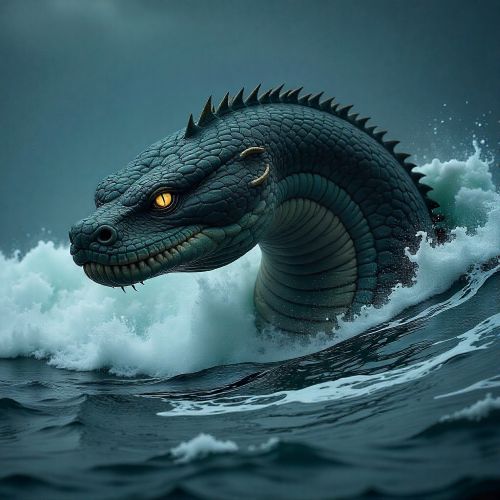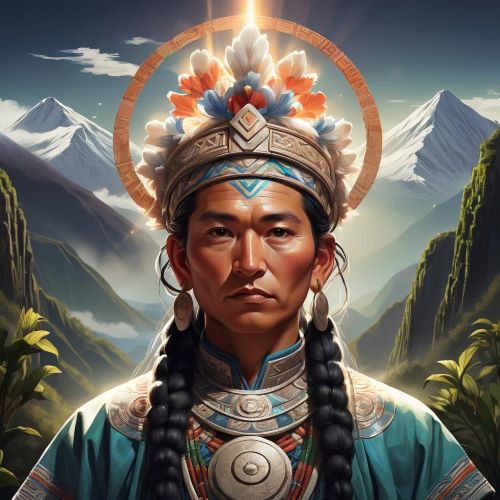Mapuche & Chiloé Mythology
Mapuche and Chiloé mythology reflect the cultural richness of southern Chile, blending Indigenous traditions with local adaptations shaped by the landscape of forests, coasts, and islands. The Mapuche, one of South America’s largest Indigenous groups, preserve a spiritual worldview rooted in balance with nature, ancestral spirits, and cosmic order. The mythology of Chiloé, by contrast, reflects a fusion of Mapuche beliefs with Spanish colonial and maritime folklore, producing a unique tradition tied to the sea and island life. Together, these mythologies reveal how environment, history, and cultural exchange shape spiritual narratives that continue to influence communities today.
In Mapuche mythology, central figures include Ngenechen, the supreme being who embodies creation and order, and a wide range of spirits tied to the natural world. Mountains, rivers, and forests are seen as sacred, inhabited by spirits who must be respected and honored. The Mapuche also preserve rich stories of cultural heroes and powerful beings, such as Pillan, the ancestral spirits who control storms and volcanic forces. Shamans, known as machi, play an essential role as intermediaries with the spirit world, guiding ceremonies of healing, balance, and protection. Mapuche mythology emphasizes respect for land, ancestors, and spiritual forces, reflecting the deep ties between community and environment.
Chiloé mythology, shaped on the archipelago of Chiloé, blends Indigenous Mapuche elements with seafaring traditions and colonial influences. Its stories are filled with supernatural beings tied to the ocean, islands, and storms. Among the most famous figures is the Caleuche, a ghostly ship that sails the waters at night, crewed by drowned sailors transformed into spirits. Other legendary beings include the Trauco, a small but powerful forest spirit, and the Pincoya, a sea goddess who blesses fishermen with abundance when she dances on the shore. These stories reflect both the danger and bounty of island life, as well as the moral lessons tied to respect, humility, and responsibility.
Today, Mapuche and Chiloé mythology remain deeply significant in southern Chile. For the Mapuche, traditional ceremonies and storytelling continue to preserve cultural identity and spiritual balance. On Chiloé, myths are celebrated through festivals, oral traditions, and artistic expression, becoming part of the island’s unique cultural identity. Both traditions have also inspired literature, film, and art beyond Chile, capturing imaginations worldwide with their blend of earth, sea, and spirit. Exploring Mapuche and Chiloé mythology offers not only fascinating legends of gods, spirits, and mythical ships but also an appreciation for how culture and landscape intertwine to create living traditions of meaning and resilience.





